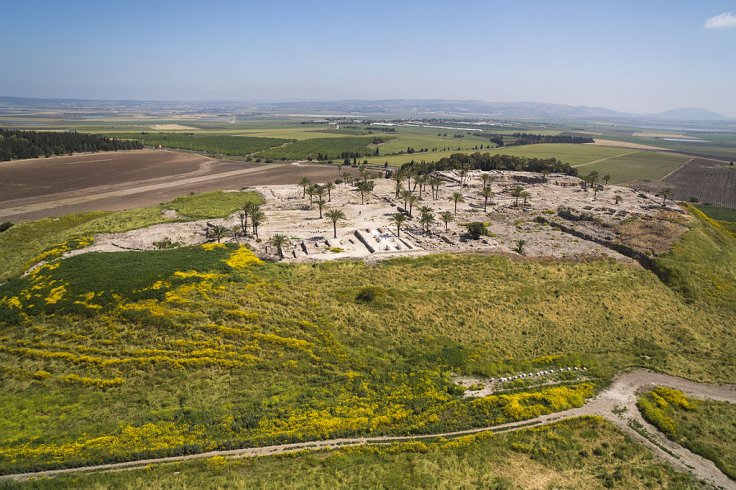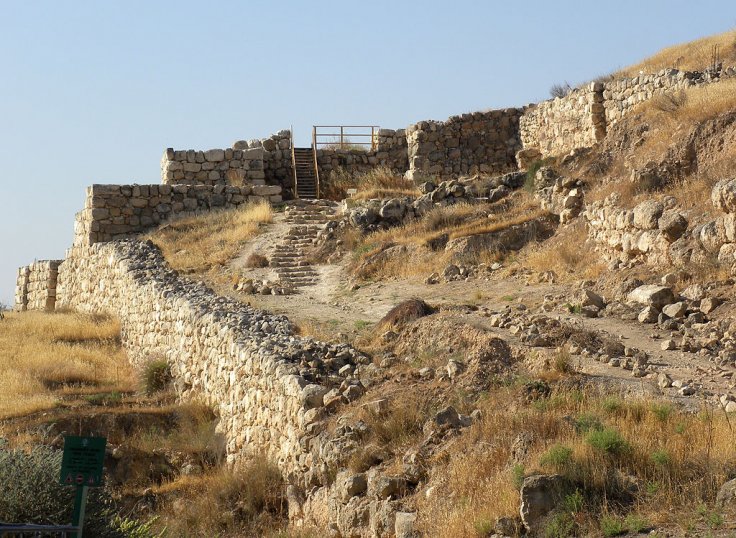Over the years, researchers from all around the world have been searching for lost cities such as El Dorado City of Gold, the ancient island city of Nan Madol and the ancient city of Petra. An author, historian, archaeologist and professor of ancient history and archaeology at The George Washington University in Washington, DC, Eric H Cline studied the excavation sites of Israel for decades and mentioned about the findings in his book called 'Digging up Armageddon: The Search for the Lost City of Solomon.'
It should be mentioned that between 1925-1939, when Egyptologist James Henry Breasted visited Israel to search ancient artefacts linked to the Armageddon, at that time one of the most exciting excavation was conducted.

The story of Armageddon
As per the New Testament, Armageddon is a place where the kings of the earth under demonic leadership will wage war on the forces of God at the end of history. Its name is mentioned in the Bible only once, in the Revelation to John.
The name, Armageddon has often been used by Protestant fundamentalists to refer to an impending cataclysmic struggle between the forces of good and evil. At the current world, it is also used often by peace activists, to describe a possible nuclear world war.
The archaeological findings in Israel
At Tel Megiddo, which is the site of the ancient city of Megiddo- the Hebrew word for Armageddon- archaeologists found the remains of at least 20 ancient cities. It is believed by some people that Megiddo is the home to a mound in Northern Israel on which ancient forts were built by King Solomon, who was also called Jedidiah. Later, after an excavation program in 1928 archaeologist Breasted claimed that he had found stables belonging to the legendary king.
The researcher also cited the Old Testament which states that the Solomon had 1,400 chariots and 12,000 horsemen stationed in "chariot cities". The 59-year-old author, Cline acknowledged in his book that tour guides will greet visitors to the site saying "welcome to Armageddon".
It should be noted that the remains found from the Tel Megiddo site, situated in northern Israel near Kibbutz Megiddo, about 30 km south-east of Haifa, date back from about 5,000 BC to the fourth century BC. This place is quite famous among the tourists and many of them often go to the region to pray and sing hymns.
But the findings at the site has sparked a debate between historians. While some researchers think the structure is not stable, but storehouses or barracks, some of the excavators believe the construction date of the stables was in the first half of the eighth century BC. Along with Tel Megiddo site, the destruction of the city of Meggido has triggered debate, as some scholars have proposed that Alexander the Great destroyed the city. In Cline's book, it was written that there is "no evidence for such a cinematic finale."

Tel Lachish archaeology
This is the site of an ancient Near East city that has turned into a famous archaeological site which was excavated between 2013 and 2017. After the excavation, the archaeologists were overwhelmed with stunning discoveries as they dug through a Canaanite temple from 12th century BC.
Among the recovered artefacts the researchers found a pair of "smiting gods", which took the form of a rough and uneven standing stone representing temple deities. However, as per the project report, they were discovered inside the temple's inner sanctum.
It should be mentioned that the archaeologist Professor Yosef Garfinkel has revealed how the figurines are commonly identified with two Canaanite gods, Baal or Resheph, who are known as war gods in ancient Israel.
The report author, Garfinkel stated that "They are made of bronze with remains of a silver coating, especially on their faces. Both figurines represent a male figure in a marching stance with his right hand raised. Figurine A's arm was preserved; it holds a weapon that seems to be a mace or club that is attached to the figure's forehead. Both figurines wear short kilt and a tall hat. Below their feet are pegs that were used to attach the figurines to wooden stands, as attested by the remains of wood."










